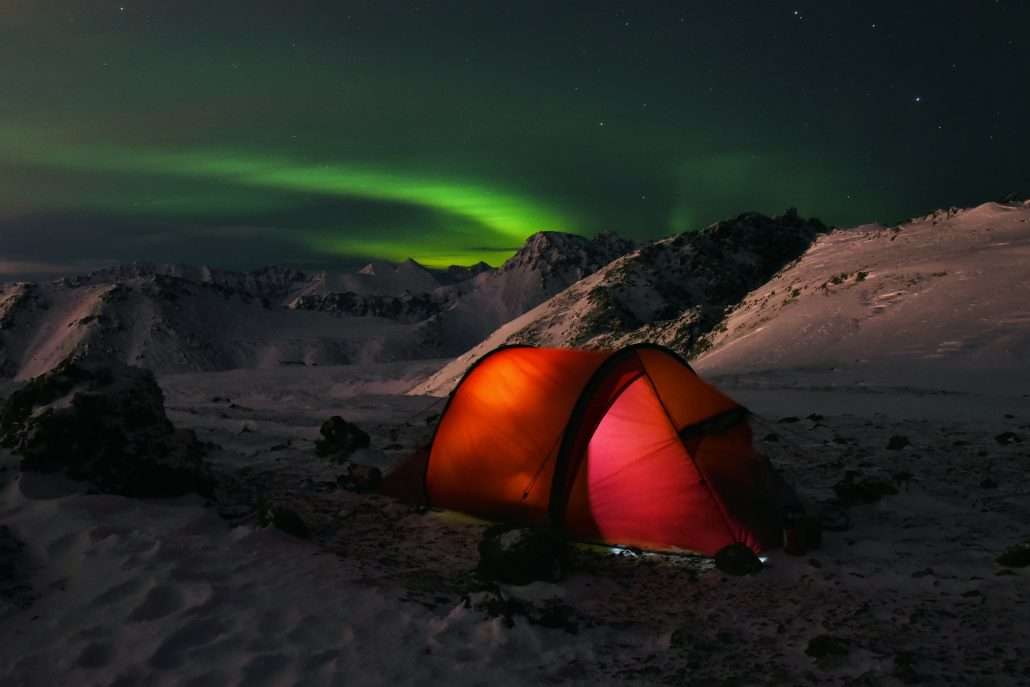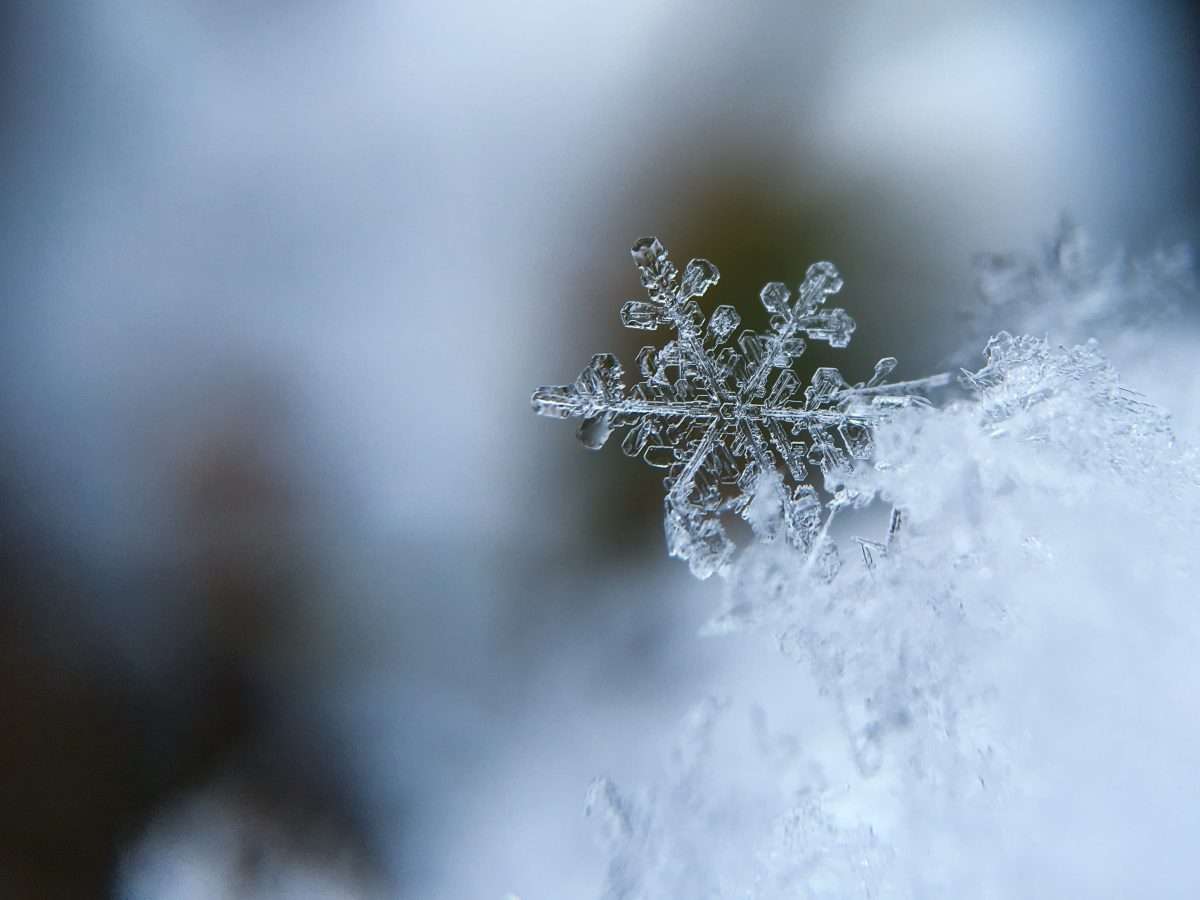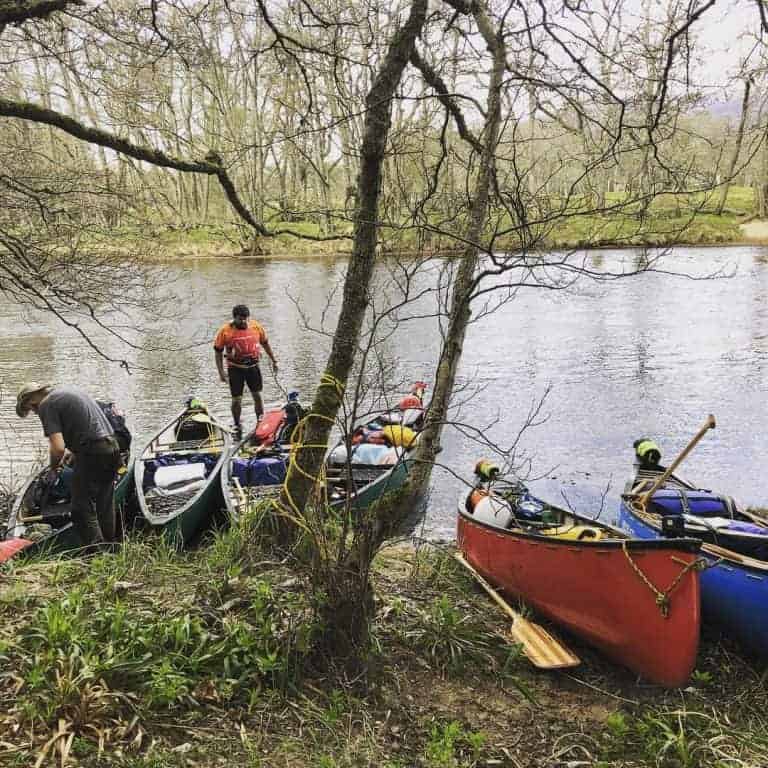Camping In Winter
Just because the seasons have changed doesn’t mean the fun has to stop! Camping in winter, whether in a tent, under a tarp or in a natural shelter can be just as much fun as sleeping out in the warmer seasons. You will learn so much more, enhance your skills and it will feel even more of an adventure!
But before heading out, there are a few extra considerations to make to be sure that you stay comfy, warm and well.
Dress in layers-
Think base layers, mid layers and top layers of down and waterproof coats are a good combo. Layers trap air between each garment, which then warms and acts by insulating you to reduce loss of body heat. Wearing layers also gives you more options to add a layer when you are moving slowly or are still, and to then remove layers when you are being more active.
Opt for breathable layers, they will help to regulate your body temperature and keep your more comfortable.
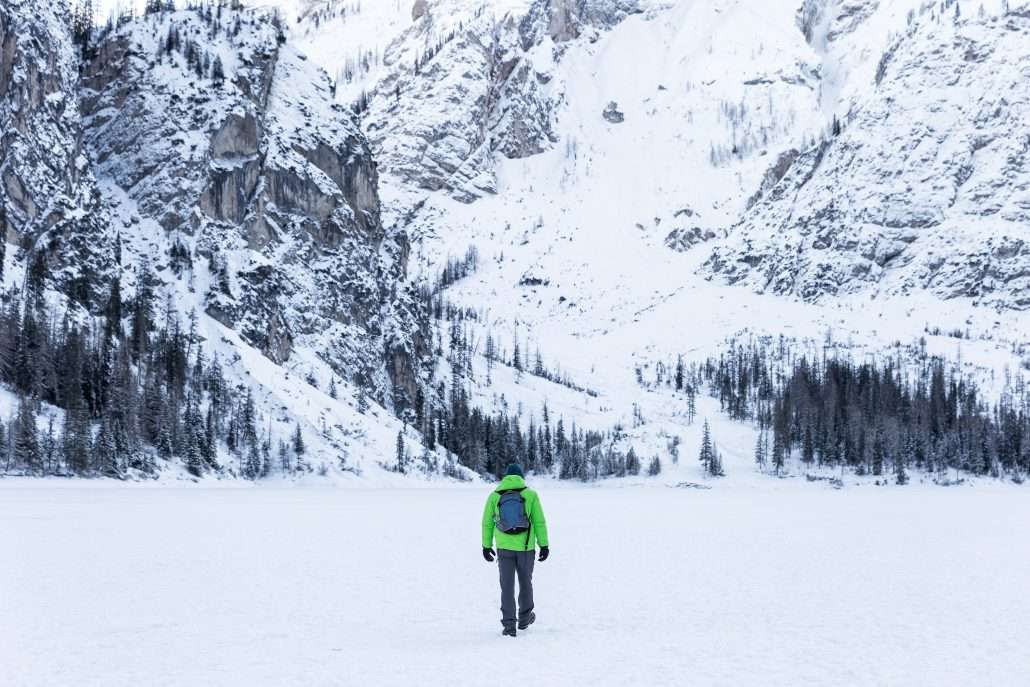
Change out of damp clothes, fast!
Whether your clothes get wet from the weather conditions or through sweating, change out of them straight away. Even if you’re tired, or it doesn’t seem a good time, it’s not worth waiting. By staying in damp or soaked kit your body temperature will plummet, quickly! This will put you in a dangerous position unnecessarily.
So don’t mess around, get out of that wet kit!
Cover extremities
Cover your head, cover your hands, cover your feet. It sounds obvious but it something that many overlook.
When the temperatures drop, especially if the wind picks up, then opt for a hat that comes down low and covers your ears too. This will help to keep your head that bit warmer, protect your ears and reduce loss of body heat.
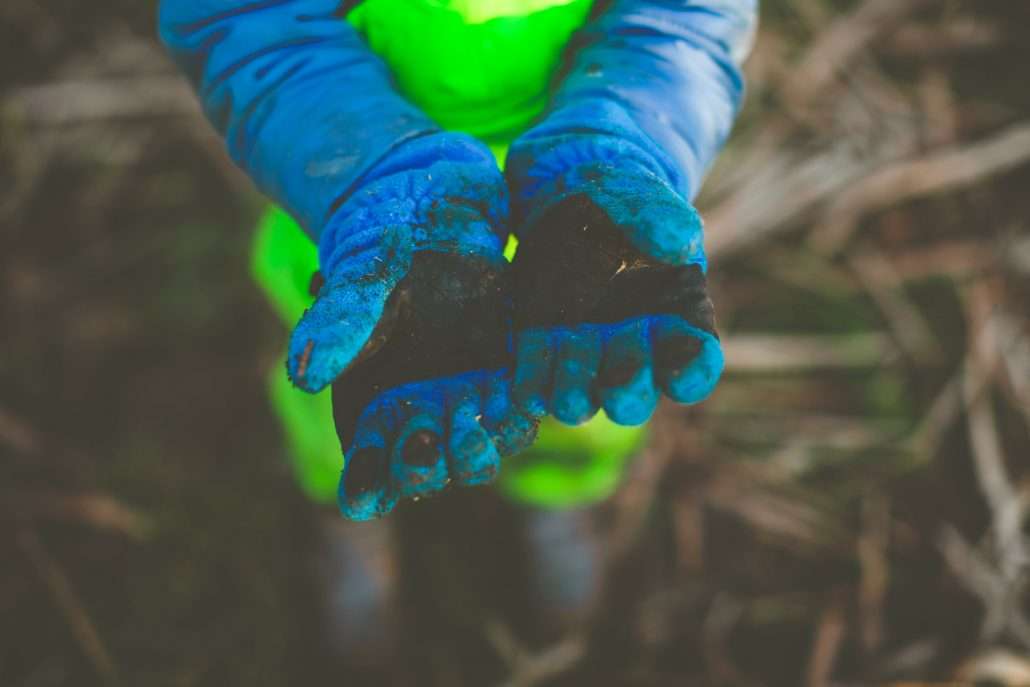
When you are busy with your hands, gloves can feel like they just get in the way. So get the right gloves, opt for something that you can work in, or opt for layered gloves where you can add of take layers away to keep your hands warm. Once your hands get cold your finger movement can slow, reducing your dexterity and grip strength until you warm up again.
Wear socks that are right for the conditions, don’t head out in thin socks unless you plan on layering them up. And again, if they get sweaty or damp, change out of them straight way. Cold feet make you feel far colder than you need to be.
Consider adding in hand and foot warmers too. Many are re-usable and can make you that little bit more warm and comfy for only a little ore weight.
Wear the right boots for the conditions
Wear the right foot wear. Again this sounds obvious but you’d be amazed what people will try and head out in. Opt for boots that are designed for colder and wet conditions with a decent thermal break in the hardwearing sole. Waterproof boots make all the difference, even if the conditions are dry, conditions are damper during the winter and if your feet get wet and then the inside of your boots are wet your whole adventure will be far more uncomfortable!
Check your boots before you head out, you don’t want to discover a hole while you’re out in the woods in cold muddy conditions. And on a similar theme, dry and maintain your boots in between ventures out, they’ll last longer and you’ll be at less risk of them failing you.
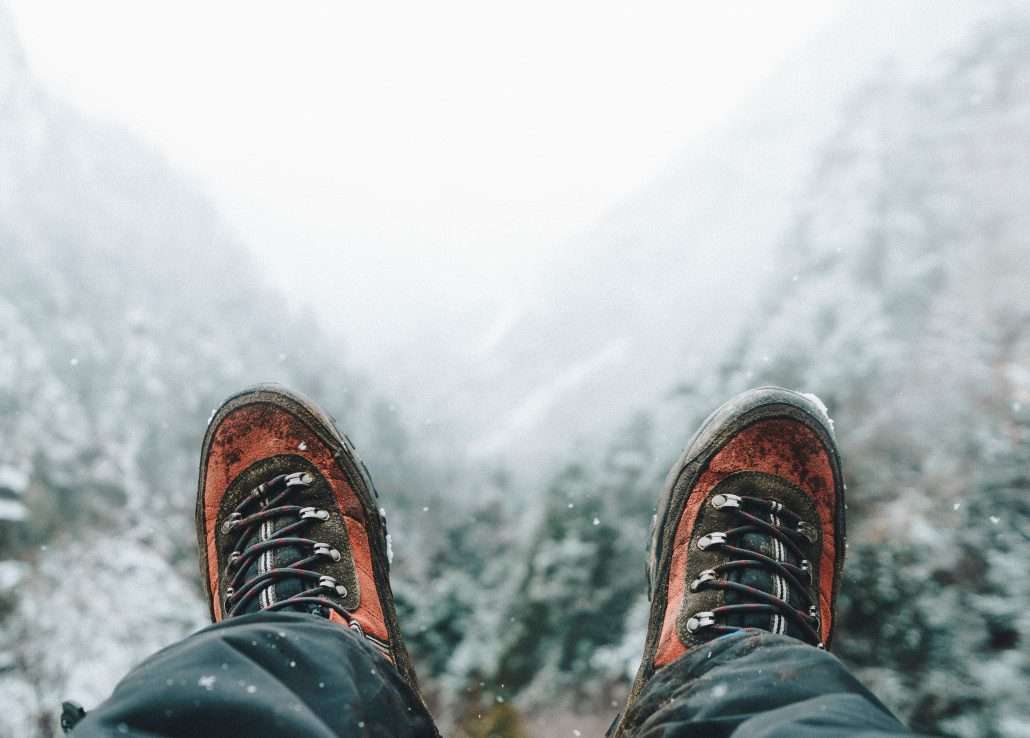
Get your sleeping system right
This is where you definitely don’t want to cut corners. Take the time to set up properly and make sure you have the right kit before heading out in colder conditions.
You can lose a lot of body heat if you are not fully insulated from the ground below you. So be sure to not only get yourself up off the ground but to have a thermal break between you and the ground.
If you chose to sleep in a hammock make extra additions of thermal roll mats and an under quilt to give protection from the cold beneath you, but to be honest a hammock in very cold conditions can leave you more exposed than you need to be so be sure to insulate yourself well.
Many experienced mountaineers and cold weather experts recommend the double roll mat set up. By having two roll mats you are doubling your comfort and doubling the in insulation to keep you protected from the cold ground. Many recommend combining a foam roll mat with an inflatable roll mat, providing the benefits of both.
Many roll mats are designed for colder conditions and are rated with the R Value. The R Value gives an indication of the products thermal resistance capabilities so a great reference point when buying equipment for colder weathers.
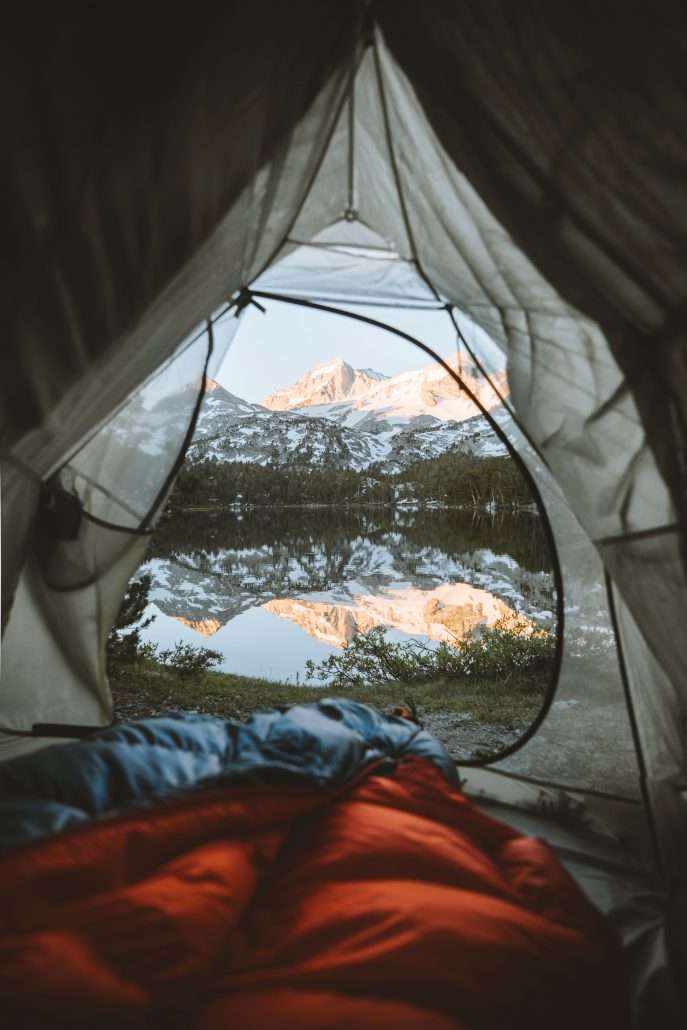
Finding kit that gives you all the warmth and comfort you need without too much bulk can be tricky. But when it comes to sleeping bags there are plenty of options out there. With a great variety of insulating and light weight materials with a little research you can find the right one for you and. The conditions you are going to be sleeping in.
There are a host of considerations to make here, what weight are you prepared to carry? What size are you, will you fit in your sleeping bag? What shape do you prefer, do you like to move around in your sleeping bag or a snuck warmer fit? What materials is it made from? How small does it pack down? …..so many considerations! So do your research and work out what you don’t want in a sleeping bag as much as the things you do.
With your sleeping set up you can also consider adding liners too. Fleece liners, silk liners, cotton liners, they all have their benefits. They all add an extra layer, so it comes down to the temperatures you are facing as well as how much extra you want to carry.
Minimise moisture
If you are sleeping in a tent it is tempting to completely close up every zip and flap going to make it warmer and cosier right? Wrong! This can actually be counter productive.
When we exhale we breath out moisture on our breath, this moisture then collects against the cold material of our tent causing condensation. This can then make your kit damp, freeze, or rain down on you in the night….nice!
So to avoid this little problem simply open a vent on your tent. By keeping the tent well ventilated you will reduce, or hopefully irradiate this problem.
Of course this is less of a concern if you are sleeping out in a tarp or a natural shelter.
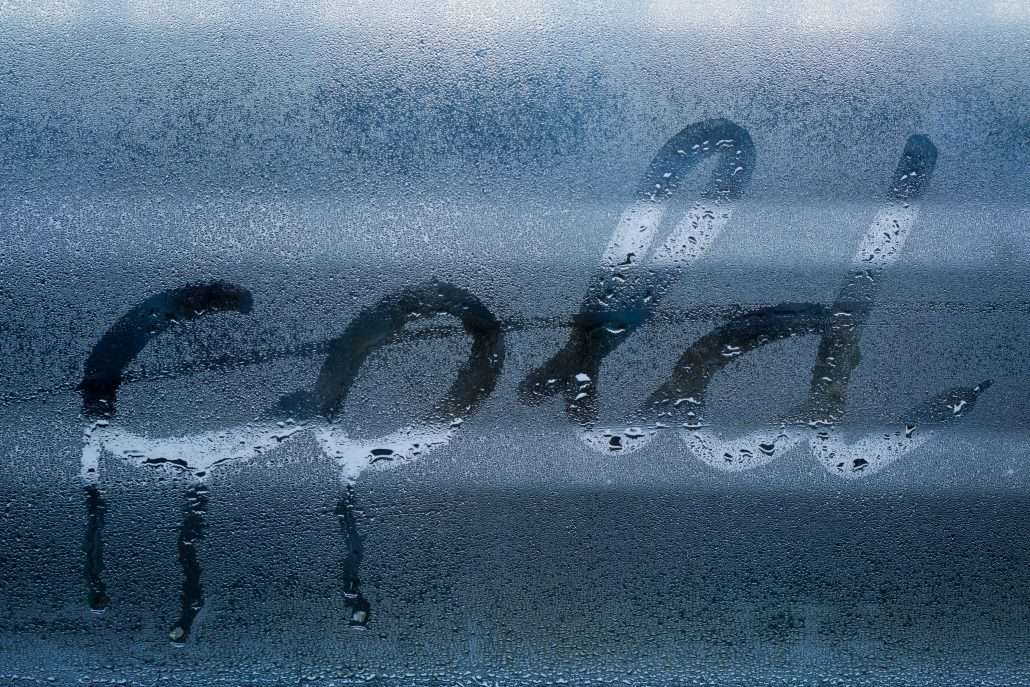
Reduce the space around you
Don’t be shy, if you’re heading out with a buddy then pull your roll mats up together to reduce the amount of uninsulated ground exposed and act as each other’s radiators. Obviously in survival situations cuddle up together to help warm each other, your buddy might not appreciate that as much on a casual overnight trip…or maybe they will?!
Place your kit around you, this acts as an insulating barrier and cuts out any cold drafts that might cool you down quickly in the night. Obviously be sure to that your kit doesn’t get damp or isn’t exposed to the weather. Pack yourself in and make it as cosy as possible.
Or you may have a set up with a stove in, but that’s a whole other blog!
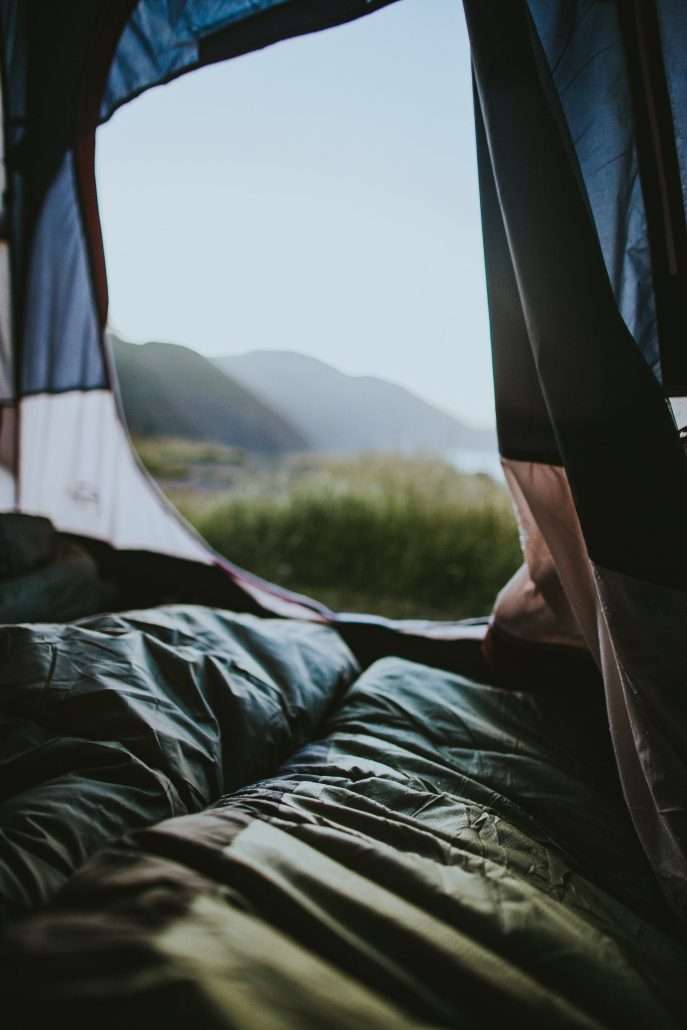
Fuel yourself, well!
Dehydration isn’t just a summer issue. Dehydration can be just as much of a problem in colder conditions, and when you are not fully hydrated your body will struggle to keep you warm and will use up extra energy too.
When you aren’t fully hydrated your cognitive function is slower too and your ability to make decisions, maybe life saving decisions, can be greatly hampered.
Aim to drink mainly warm fluids, this will not only keep you hydrated but help to keep your core temperature at a comfortable and healthy level. Avoid alcohol as this inhibits your ability to recognise that you are cold. Alcohol, also causes your blood vessels to dilate which would speed up heat loss, even though it gives you that warm feeling inside, it isn’t actually warming you up.
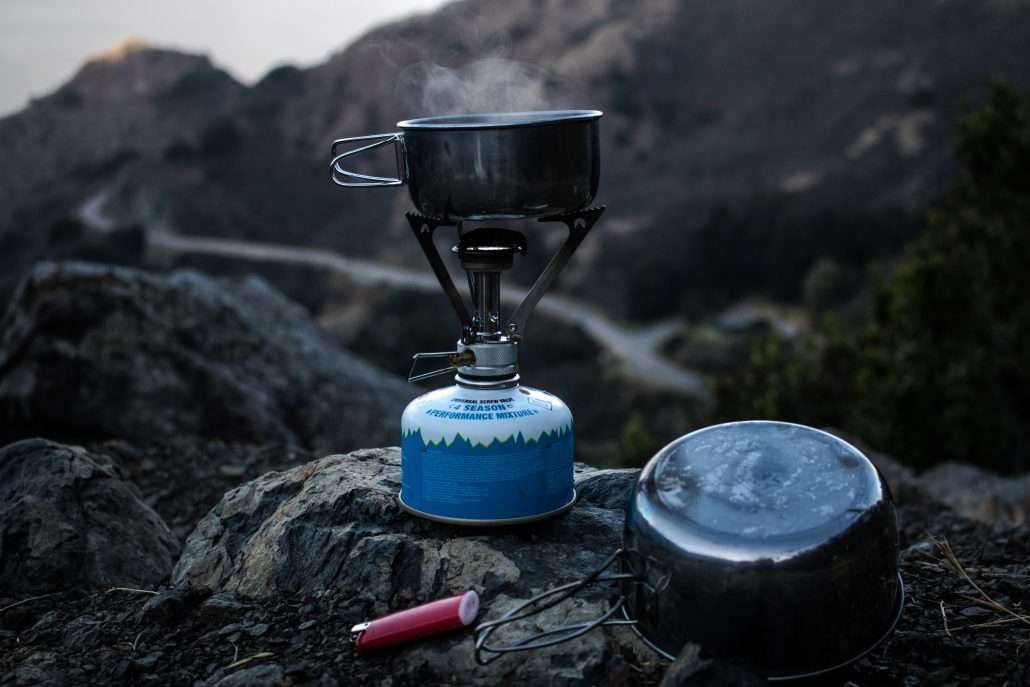
Eat plenty. Your body is working hard to regulate your temperature and stay warm, this requires extra calories. Aim for warm food, but snacks between meals are a good plan too.
Aim for nutrient dense food so that your body is fuelled efficiently and your energy levels will stay higher for longer. Avoid feeling hungry and depleted, this will make you feel more lethargic and you are less likely to move around as much to keep warm if you are tired and not well fuelled. You will also feel the cold more if you are not well fuelled and your body will have to work harder to warm yourself back up.
Extra batteries
Remember that the cold will drain your batteries faster, so bring spares for your head torch and GPS, also have facility to charge your phone (solar charger for example) and keep your energy tech warm in an inside pocket or in your sleeping bag.
Check weather
Check the weather conditions before you head out. Conditions can change, fast, but being aware of any potential weather issues will make you more prepared. Unless you are very experienced though it is recommended to avoid harsh weather conditions, and even if you are experienced, still be sensible in your decisions.
Notify
Let someone know where you are going, especially if heading out for adventures alone. Let them know your planned route and how long you plan to stay there and when you plan to return too. Plans can change, so if you decide to stay out longer, or move on to a different place be sure to inform your emergency contact too.

Enjoy your winter adventures, but we all have limitations. Don’t push yourself beyond your own capabilities just for your own ego. Be safe, be sensible, but have fun!
